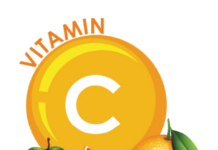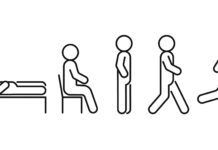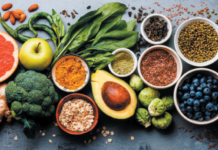A. Kelly Kane, MS, RD, an assistant professor at the Friedman School and Tufts University School of Medicine and director of nutrition at Tufts Medical Center, answers: “The terms reduced and low on packages or labels are defined by the U.S. Food and Drug Administration (FDA). In order for a food to be labeled as ‘reduced,’ it needs to have at least 25 percent less sodium, fat, sugar, etc. than the comparison food. For example, if the original version of a granola bar has 12 grams (g) of fat, a new version that has 9 g of fat (25 percent less fat ) could be labelled as ‘reduced fat.’
“Unlike reduced, the term low is not based on comparison to a reference food. In order for a food to be termed ‘low sodium,’ it has to have 140 milligrams or less of sodium per serving of that food. Foods labelled ‘low fat’ must have 3 g or less of fat per serving. ‘Low sugar’ is not defined, so it is not allowed as a claim on food labels.”


























